A controversial new report by Goldman Sachs calling on Tesco, Sainsbury’s and Morrisons to shut 20% of store capacity to rediscover profitable growth, has divided opinion - even within the same consultancy in one case.
The report claimed the structural problems of the supermarkets - with large stores reeling in the face of the shift to the internet, discounters and convenience stores - has left “capacity exit” as what it called the “only viable solution.”
But such a cull of stores was a doomsday scenario and would not yet be in the thinking of the UK’s supermarket bosses, said one ex-property director.
“There’s not a chance we will see a 20% cut,” he said. “What we are seeing in the UK is a slowdown, it’s not a cut.”
Even Tesco and Sainsbury’s, which were the most exposed, would not be planning such extreme action. “We will see closures probably but only in small single figures. They need to shut shops that will never work, which is only a handful.”
Clive Black, analyst at Shore Capital, agreed the big four would look to close some stores but also disputed the numbers.
“I think there may well be closures but it will be more marginal stores. Whereas in the past supermarkets will have looked to replace old and under-invested stores with new stores, this may not happen and they may simply be closed down.”
“Stores may also look to sub-let space for other retailers, or for entertainment use. They might be turned into dark stores.”
Black added the slowdown could also help boost like-for-likes at the very stores currently struggling.
“There will be a material rebalancing of the supply in food and this process is very tectonic.
“We may find in the medium term that those stores that have been in the firing line see sales increase because of the reduction in new competition, both from their own companies and rivals.”
However, Planet Retail’s Natalie Berg described the 20% figure as a “fair assessment” and warned the UK could even see one of the big four disappear.
“The market is clearly oversaturated and shoppers are quite simply continuing to put fewer items in their basket,” she said.
“I said when the news was made about Aldi building all its new stores was that the flipside could be that it’s going to take away business from other stores.”
Tesco has admitted it is the most exposed to the capacity issue, with more than half of its space over 50,000 sq ft.
“I have been impressed with some of the things Tesco have done to tackle the issue of excess space in their stores butDespite “impressive innovation” to make hypermarkets more attractive, “the reality is you can’t force new shopping habits. You can’t make people come and do yoga before they do the groceries,” she added.
However, fellow Planet Retail analyst David Gray was mroe optimistic about the outlook for supermarkets.
“I think 20% is quite a big statement and I think it will prove to be exaggerated,” he said.
“Yes we are seeing a big slowdown in large store openings but I don’t think we’re going to get the sort of massive closures predicted in this report.
“If you look at Sainsbury’s as an example, we calculate that 80% of its turnover comes from its supermarkets and hypermarkets.
“Yes we are seeing a fall in like for like profits but these large stores are still highly profitable.
“I don’t want to downplay the challenges stores are facing because there has been a seismic shift in shopping habits and that is continuing but to say that 20% of space has to go, I think, is going too far.”
Goldman said in its summary: “Our analysis implies that to protect returns the invested capital base needs to be cut - this means capacity exit given that land and buildings are 77% of invested capital of the UK grocer. We believe 20% of existing capacity needs to be excited.”
Downloads
Goldman Sachs supermarkets
PDF, Size 0.59 mb
Source
Ian Quinn







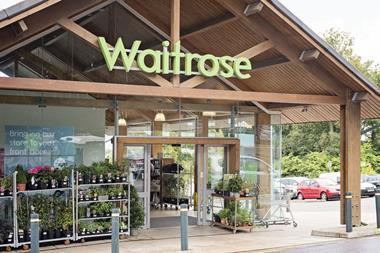

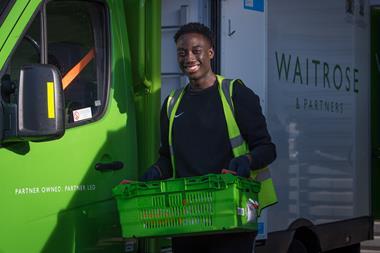

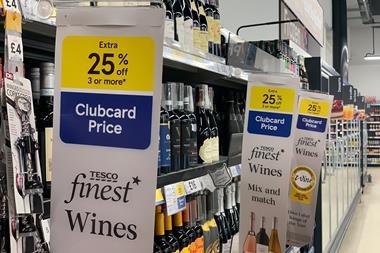
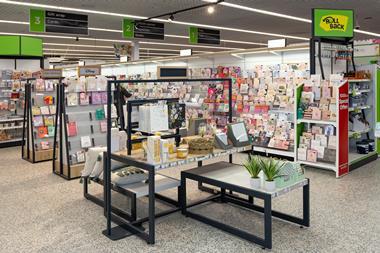


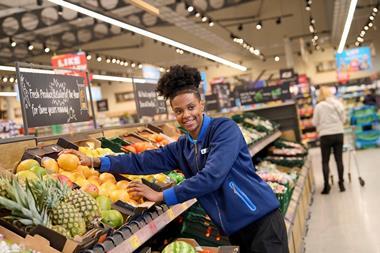



No comments yet